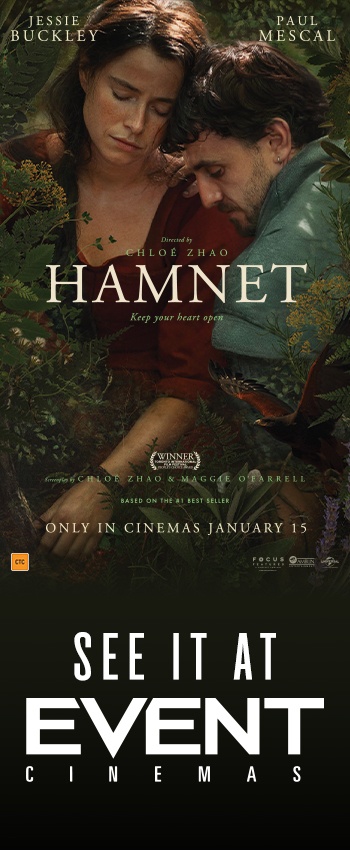Werner Herzog gains exclusive access to film inside the Chauvet caves of Southern France, capturing the oldest known pictorial creations of humankind in their astonishing natural setting.
Herzog is a prolific filmmaker whose dramas and documentary features have earned him an unparalleled critical reputation. His work mostly falls into the arthouse category. In the first part of his career he was probably best known for the features he made with German actor Klaus Kinski AGUIRRE: THE WRATH OF GOD (1972), NOSFERATU THE VAMPYRE (1979) and FITZCARRALDO (1982). However in more recent years his documentaries have garnered more attention; like ENCOUNTERS AT THE END OF THE WORLD (2007) and especially the notorious GRIZZLY MAN (2005). The subjects he chooses in his factual and fictional storytelling are varied, perhaps the only general thing one can draw from Herzog’s works is that he and the real and imagined characters he uncovers, are serious about seeking the truth of things.
CAVE OF FORGOTTEN DREAMS is a forensic search for the truth of Paleolithic life. When Chauvet-Pont-d’Arc Cave was discovered in southern France in 1994 what was found within was scientifically significant. Because the cave has been undisturbed for so long, there are many footprints, fossils and paintings that give us clues about human life up to 35,000 years ago.
Chauvet cave is not a tourist attraction. Even the scientists who study it have limited access. Everything has been done to make sure that the treasures inside remain as pristine as possible. Compared to other caves of the era, the number and range of paintings found there is remarkable. There are unusual species of animal depicted on the cave walls, such as panthers and rhinos. These images need to be protected, as does the floor of the cave which is a soft clay. For this reason, there is a two-foot wide walkway built through the cave that neither the film crew nor the scientists are allowed to stray from. The footage of the movie was taken under strict condititons; Herzog’s crew were only allowed a week of four-hour shoot days.
The result is stunning. Particularly as Herzog chose to shoot in 3D. He is on record as being unimpressed with 3D photography for drama, but he believed the effect would give the cave paintings a greater reality for the audience. The pictures are amazing. Their freshness and power hits you as you witness their 3D reproduction. The extra dimension is a definite bonus as the artists who made these images often utilised the contours of the cave walls to give greater effect and reality to their creations.
Herzog is a provocateur as a filmmaker ands he enjoys asking his scientific experts some left-of-field questions. This is very much part of his style. He is also not above drawing a very long bow of cause and effect in his narration, as he does with the rather spurious and whimsical conclusion of the movie. However, as arty as his approach may feel to some viewers, the strength of the film is that Herzog understands that there is something mesmerising and spiritual about our seeing these ancient works of art.
This film is a must for fans of prehistory. If you enjoy a show like TIME TEAM, then you are likely to be captivated by this journey into the distant past. We unlikely to be allowed access to see these paintings, so CAVE OF FORGOTTEN DREAMS is absolutely the next best thing.
CAVE OF FORGOTTEN DREAMS opens in Australian cinemas today. It runs for 95 m minutes. I rated it 4/5.



